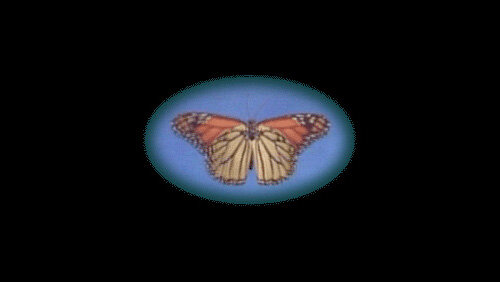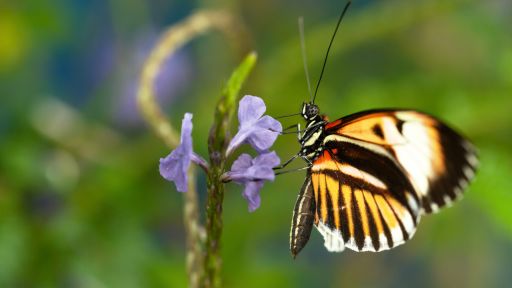Imagine being eaten alive — from the inside out! That is what happens to any caterpillar unlucky enough to become the nest for an egg laid by a caterpillar wasp. As Alien Empire shows, the wasps lay their egg in or on the caterpillar. The egg then hatches into a larva that consumes its landlord.
Remarkably, some plants have evolved a way to use caterpillar wasps to defend them from attack by hungry wrigglers. Here’s how it works: When a caterpillar bites certain plants, it leaves behind a drop of saliva that causes the plant to release chemicals of its own, called terpenoids. Like a silent scream or a chemical distress signal, the terpenoids warn the wasps that caterpillars are nearby. The wasps then flock to the plant, laying eggs on the vulnerable caterpillars. Several days later, the tiny wasp larva hatches anCaterpillar waspd begins eating the caterpillar alive.
Some wasps get a little help from a special virus in protecting their newly laid eggs. The “flying hypodermics,” as some scientists call them, injects the virus into the caterpillar along with the egg. It prevents the caterpillar’s immune system from attacking the egg. In return, the wasp supports the virus by providing a host. The only loser in the arrangement is the hapless caterpillar.
Other caterpillar wasps target caterpillar eggs, not the worms themselves, for egg laying. The tiny Trichogramma wasp, for instance, is only 1/50th of an inch long, but it can lay up to 300 of its own eggs inside caterpillar eggs. The Trichogramma larvae then feast on the caterpillar eggs. Farmers have enlisted this tiny ally in their effort to control pests, from peach borers to tent caterpillars, that would otherwise grow into adult caterpillars hungry for their crops.








